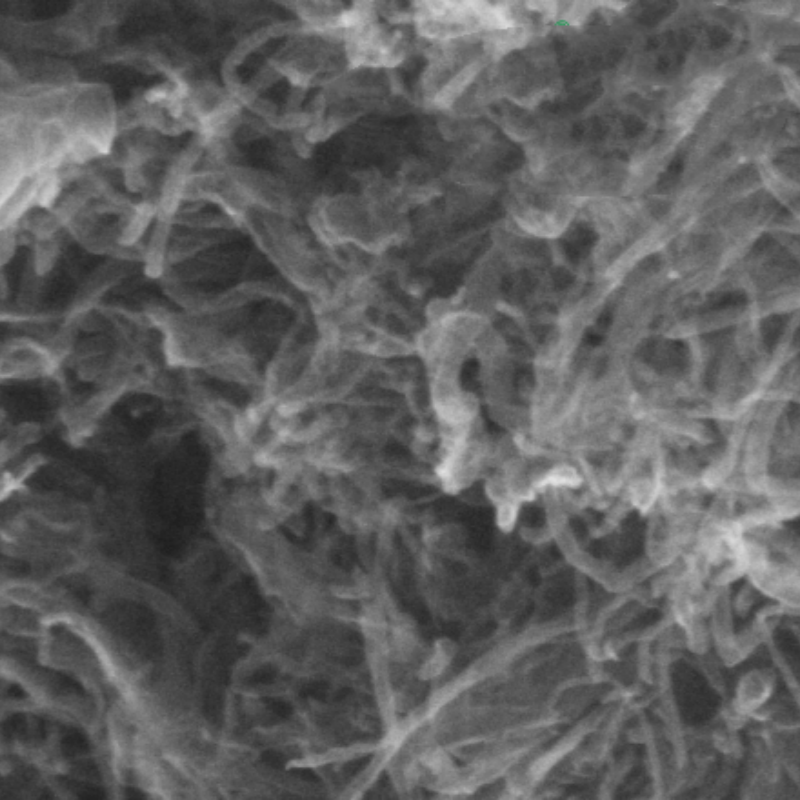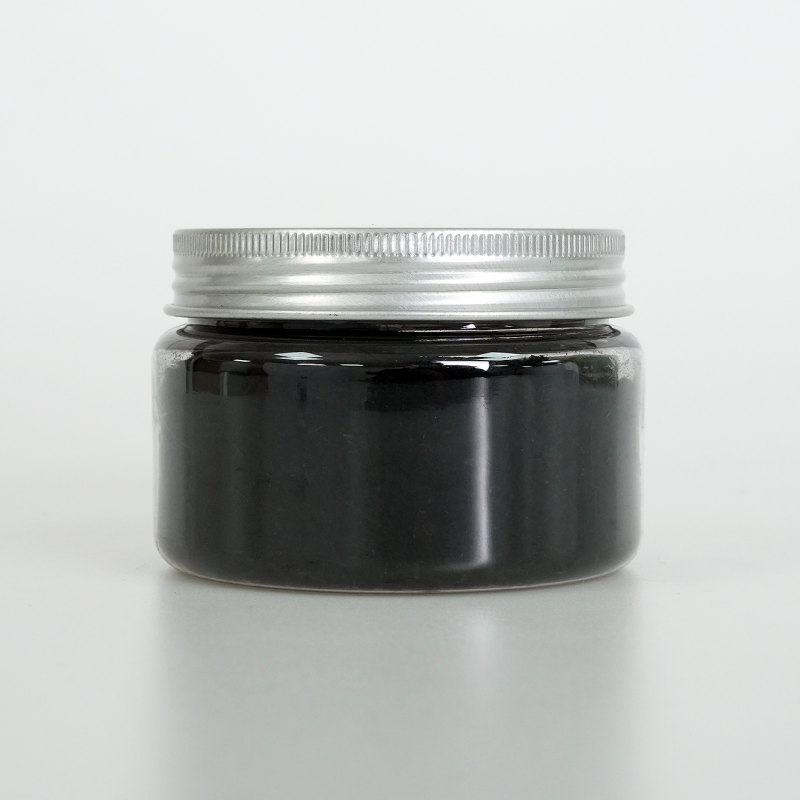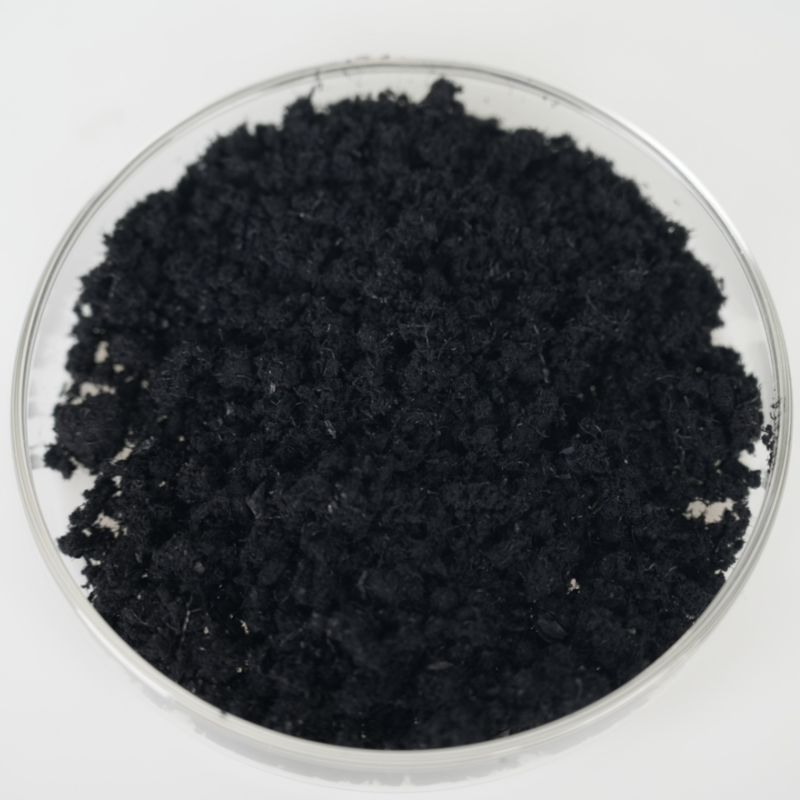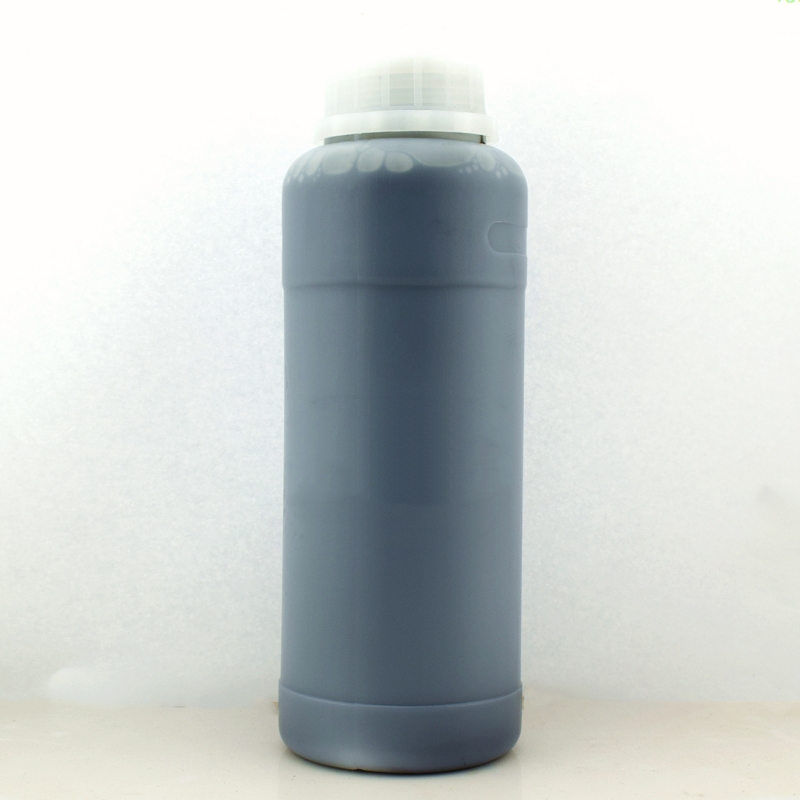Copper sulfide nanoparticles (CuS) provide optimized electrical conductivity, superior catalytic performance, and enhanced optical properties. Designed for energy storage and biomedical applications, they ensure efficient charge transfer, extended durability, and high adaptability.
Product Overview
Copper Sulfide (CuS) nanoparticles are p-type semiconductor materials with excellent optical and electrical properties. These nanoparticles exhibit strong near-infrared light absorption capabilities, making them ideal for use in photothermal therapy (PTT) and photodynamic therapy (PDT). Additionally, CuS nanoparticles possess excellent biocompatibility and low cytotoxicity, making them highly suitable for medical treatments, especially for cancer therapy as photothermal agents.
Key Features
- Stability: CuS nanoparticles are chemically stable and can maintain excellent performance across a range of application environments.
- Optical Properties: As a p-type semiconductor, CuS nanoparticles exhibit strong near-infrared light absorption, making them ideal for optoelectronic materials and biomedical applications.
- Photothermal Effect: CuS nanoparticles can efficiently convert absorbed light energy into heat, making them suitable for photothermal therapy and imaging.
- Surface Modifiability: The nanoparticles can be surface-functionalized (e.g., adding carboxyl groups) to meet the specific requirements of various applications.
- Low Cytotoxicity: CuS nanoparticles are highly biocompatible with low cytotoxicity, ensuring a high degree of safety in biomedical applications.
Applications
- Optoelectronic Materials: Due to their strong near-infrared absorption, CuS nanoparticles can be used in solar cells, photodetectors, and other optoelectronic devices to enhance photovoltaic efficiency.
- Biomedical Field: In photothermal therapy (PTT), CuS nanoparticles act as photothermal agents, absorbing near-infrared light and generating heat to ablate cancer cells.
- Supercapacitors: CuS nanoparticles, with good electrical conductivity and reactivity with polysulfide electrolytes, can be used in the electrode materials of supercapacitors, providing high energy density and excellent cycling stability.
| Parameter | Description |
| Appearance | Gray-green colloidal solution |
| Concentration | 1 mg/mL (customizable, up to 10 mg/mL) |
| Potential | -20 mV |
| Surface groups | Default carboxyl group |
Submit Your RequirementsWe will contact you within 24 hours.
 WOBO Scientific Research New Materials One-Stop Service Platform
WOBO Scientific Research New Materials One-Stop Service Platform











